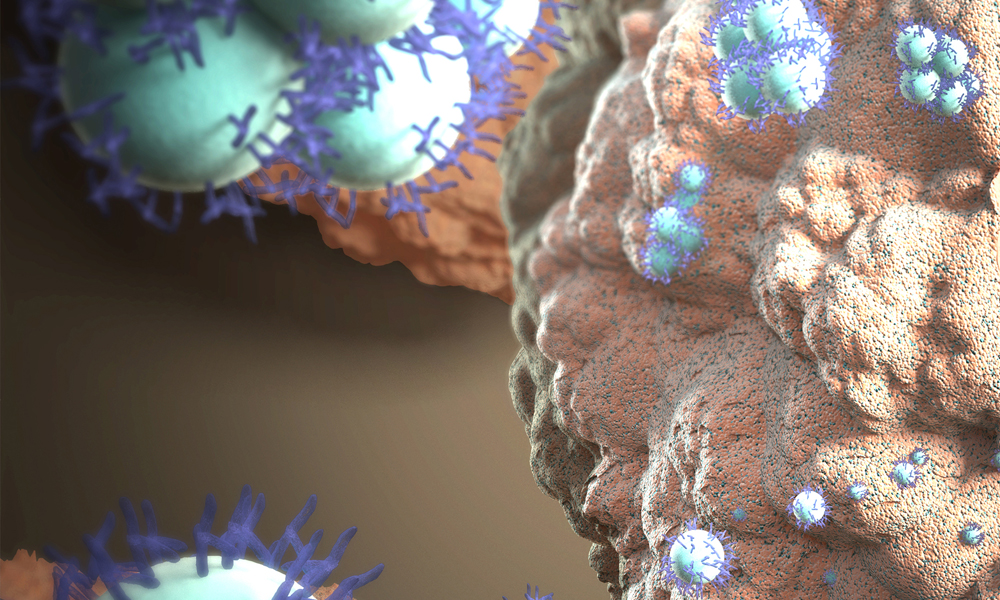
Nanoparticles
Micelles
Liposomes
There are many characteristics of a drug as well as its delivery system that must be considered. Dosage v effective dosage, route (injected, inhaled, etc), side effects, half life of the drug, drug release, pharmacokinetics, patient convince and compliance. By using specifically designed materials we can better control the variables presented in a drug delivery system so that the drug can be more effect and safer. Below are outlined some of the popular systems and resources for more information.
Nano/hydrogel carrier
Highly hydrated, cross-linked hydrophilic polymers that can react to external stimuli such as pH, light, temperature, ion strength, magnetic field and chemicals. The gels can change in ways such as permeability, elasticity and hydrophobicity. The advantages to using a gel carrier are as follows: deformation ability increases binding and retention, crosslinking adds stability thereby increasing circulation time, small molecules, biomacromolecules and hydrophobic/ philic drugs can be carried, gels can be designed for adjustable drug loading and release. With gels we have size control, simple synthesis, low toxicity and targeting ability.
Todd R. Hoare, Daniel S. Kohane, Hydrogels in drug delivery: Progress and challenges, Polymer, Volume 49, Issue 8, 15 April 2008, Pages 1993-2007.
Eckmann DM, Composto RJ, Tsourkas A, Muzykantov VR.Nanogel Carrier Design for Targeted Drug Delivery. J Mater Chem B Mater Biol Med. 2014 Dec 14;2(46):8085-8097.
Dendrimers
Dendrimers are three dimensional hyper branched molecules, are on the nanoscale size with a narrow polydispersity index. Control over structure allows for functionalization at the periphery. Spaces in between the branches provide area to load other chemicals such as drugs.
Two types of growth processes are available for dendrimer synthesis.
There are many different types of dendrimers such as liquid crystal, tecto, chiral, PAMAMOS, PAMAM. They can be made out of peptides, carbohydrates too.
Nanjwade BK, Bechra HM, Derkar GK, Manvi FV, Nanjwade VK. Dendrimers: emerging polymers for drug-delivery systems. Eur J Pharm Sci. 2009 Oct 8;38(3):185-96.
Madaan K, Kumar S, Poonia N, Lather V, Pandita D. Dendrimers in drug delivery and targeting: Drug-dendrimer interactions and toxicity issues. Journal of Pharmacy & Bioallied Sciences. 2014;6(3):139-150. doi:10.4103/0975-7406.130965.
Electroactive polymers
Polymers that responds by changing size or shape when in an electric field and polymers with redox properties are classified as electroactive. They can be used for sensing and molecule release. By using the redox properties we can control transport through the polymeric member.
Pernaut, J.M.*, Reynolds, J.R.* Use of Conducting Electroactive Polymers for Drug Delivery and Sensing of Bioactive Molecules. A Redox Chemistry Approach. The Journal of Physical Chemistry B 2000 104 (17), 4080-4090.
Mesoporous materials
By using supramolecular templates inorganic materials such as silica can be synthesized to a porous solid after the template is dissolved. By being able to control pore size and volume, surface area and functionalization meosporous materials are a promising drug delivery system. They also can be designed to respond to external stimuli but pairing the mesoporous material with a polymer.
Shaobin Wang, Ordered mesoporous materials for drug delivery, Microporous and Mesoporous Materials, Volume 117, Issues 1–2, 1 January 2009, Pages 1-9.
Vallet-Regí M, Balas F, Arcos D. Mesoporous materials for drug delivery. Angew Chem Int Ed Engl. 2007;46(40):7548-58.
